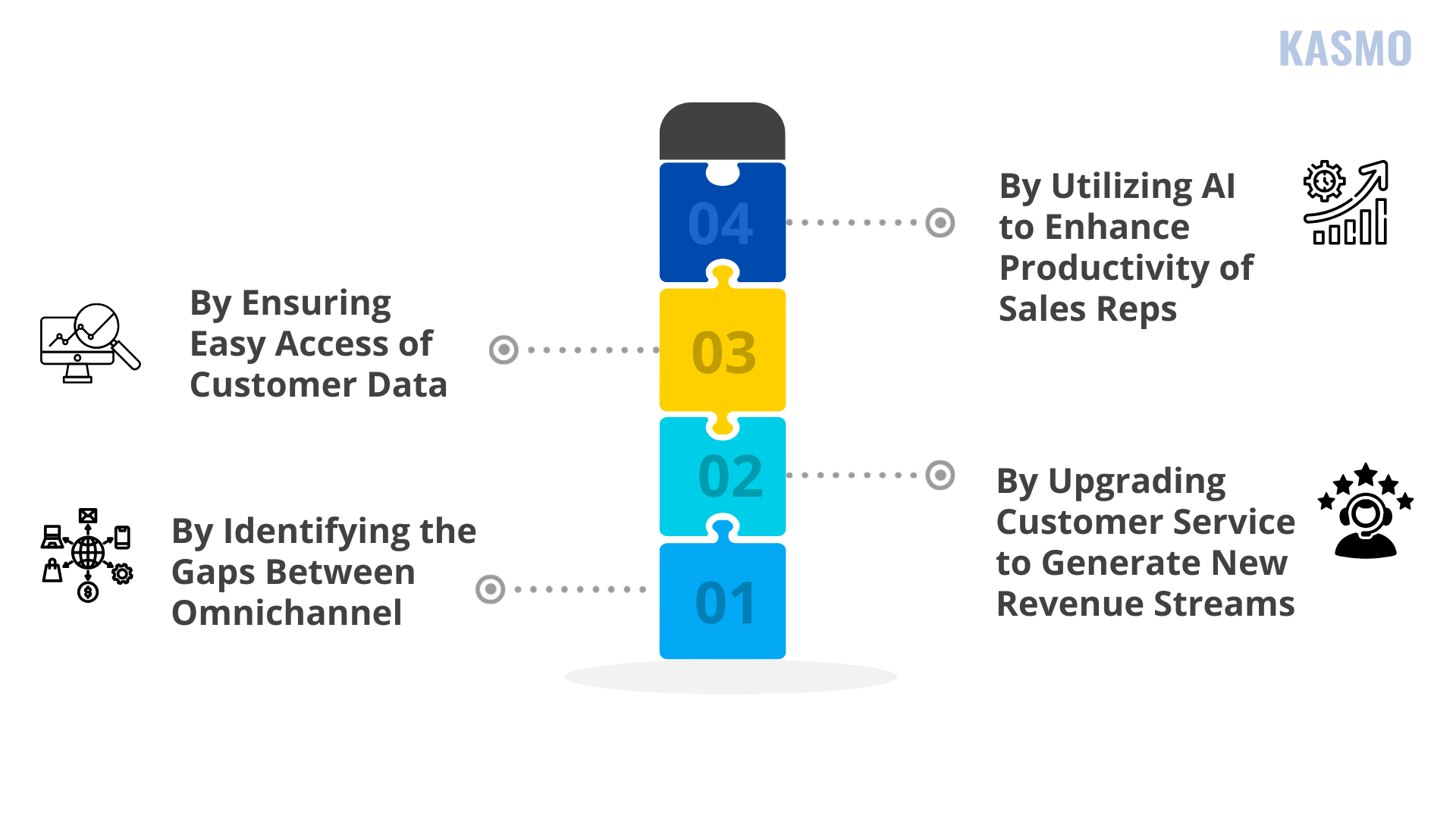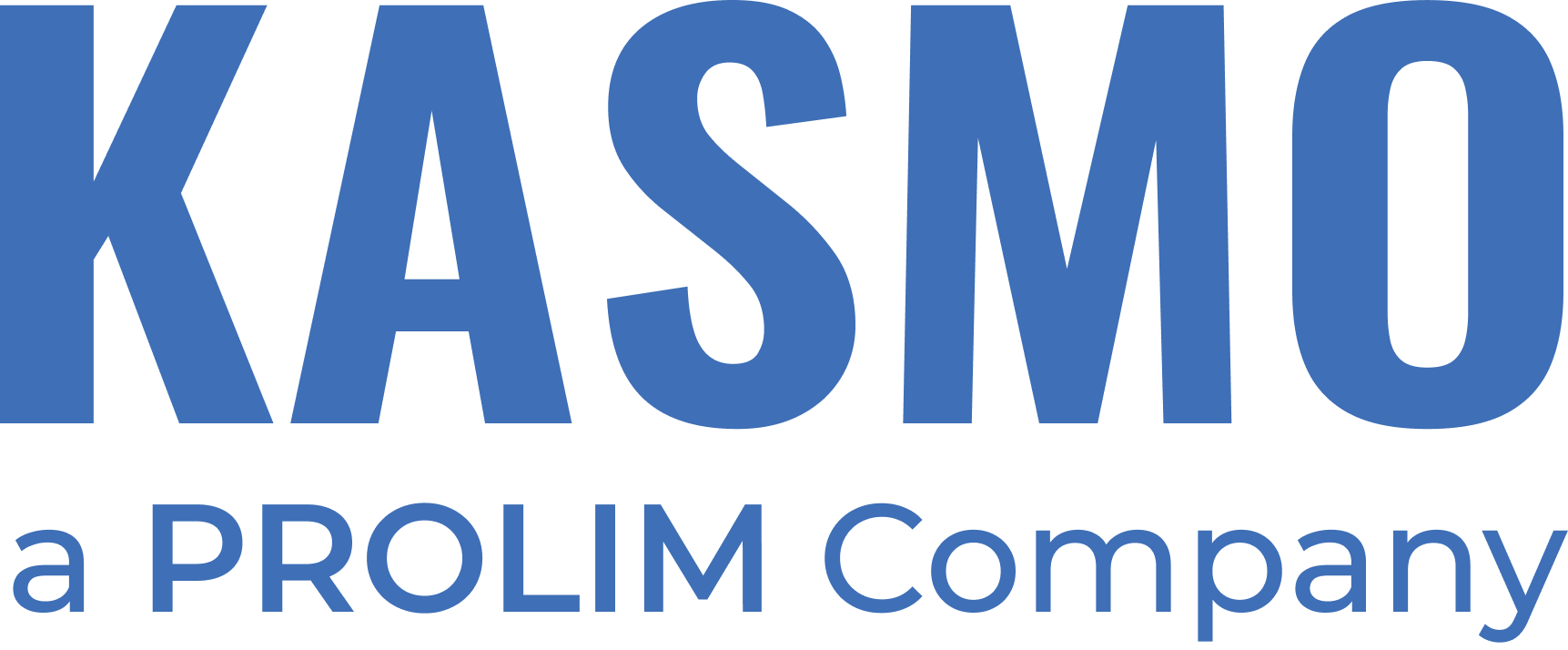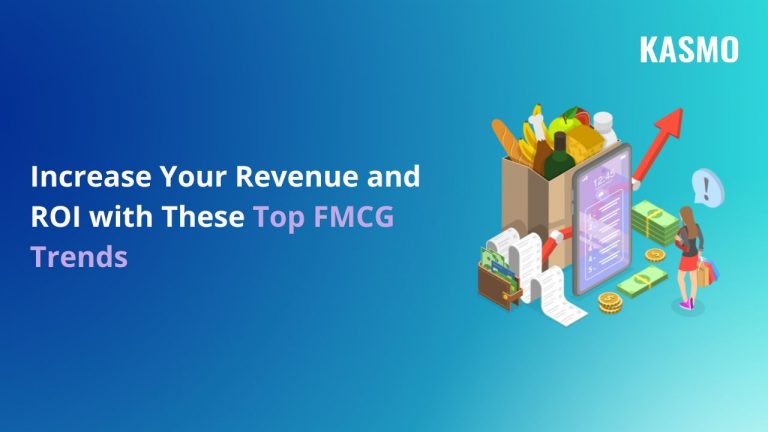The COVID-19 had created a significant impact on the consumption of Fast-Moving Consumer Goods (FMCG). This also impacted the growth of companies who specialize in selling consumer goods. According to market research by Bain & Company, it was found that only 1 in 10 brands were able to grow simultaneously in share, category leadership (strategic approach towards enhancing brand image and management) and profit. Moreover, businesses who invest 80% in promotional investment were also unable to contribute to substantial growth. To combat all these challenges, firms selling consumer goods started to follow FMCG trends rigorously.
But what are these trends and how do these have an impact on the growth of a business? Let’s find out!
Top FMCG Trends You Cannot Miss!
The decision makers of Consumer Goods (CG) companies are ready to explore new ideas, tools and solutions that can bring back profits and high ROI to their firms. These emerging FMCG trends will show some of the best opportunities CG companies should not miss:
Merchandising and Promotions
A report by Salesforce shows that 36% of consumer goods companies believe that by improving merchandising and promotion in physical stores they can bring back substantial growth in their business. This report also showed that only 36% of CG companies show a high adoption of trade software that helps them enhance their revenue.
There may be several reasons contributing to such a lesser percentage; out of which one reason may be prominent. A lack of proper knowledge of how-to utilize data and tools that can help these CG companies create merchandising and promotion strategies that can drive their revenue growth.
With bulk data being collected from both B2B and B2C, CG companies are getting overwhelmed on how they can leverage this data to create merchandising and promotional options that drive their target audience to their company. To tackle the huge amount of data companies can leverage the power of AI. By utilizing AI and undisputed data, companies can create merchandising and promotional strategies that clearly speak their brand voice and message.
However, to reach this goal, companies need to continuously clean their data by leveraging AI. Identifying the gaps and irrelevant data, CG businesses can enhance their data strategy and achieve their goals easily.
Analyzing Consumer Behavior
The importance of analyzing consumer goods is crucial. Let’s take an example. For example, you have been a loyal customer to Company A for quite some time. But suddenly you saw this company has increased the prices of goods by 20% without any prior information. They had not put out any promotional message or advertisements to their customers regarding this change.
You will be less likely tempted to buy the same products at an elevated price if there are no extra benefits or change. This causes Company A to lose out on valuable and loyal customers. Additionally, it proves the importance of analyzing consumer behavior and then taking decisions that will create an impact on the business. If Company A had analyzed the probability of the decision or carried out a consensus from its consumers it might not have lost its customers.
Analyzing consumer behavior is one of the important consumer goods trends that companies should not miss as it provides opportunities to as these following questions:
- How will it impact our image in front of the consumers?
- Will our target audience react positively or negatively to changes in our products?
- What will set my company apart from other companies in the market?
Concentrating on Creating Profitable Volume
Research conducted by Deloitte shows that 72% of executives believe that in 2024 they need to increase their unit volume and not focus on increasing prices to achieve their targets. This can be referred to as “profitable volume”. In this method, CG companies can focus on growing their volume production strategically that will comprise of a product mix, that retains the original price as much as possible. In this manner CG companies can also be at par with FMCG trends and not fall behind in the competitive market.
Optimizing Supply Chain Performance
For CG companies, efficient procurement, production, and distribution are critical to maintaining high profitability. Disruptions in these areas can significantly impact profit margins in 2024. Geopolitical tensions, natural disasters, and labor strikes are the primary factors that threaten operational stability.
CG companies need to always create strategies that enhance resilience and develop comprehensive contingency plans. Taking a more flexible approach, CG businesses can easily navigate these uncertainties.
Improving supply chain performance remains a top priority for 50% of executives, as seen from the survey conducted by Deloitte. Investing in supply chain data helps companies to maintain sustainable growth. Despite efforts to tackle supply chain challenges over the past few years, many executives report persistent issues, reflecting last year’s findings.
Building Customer Loyalty
CG companies are rapidly turning towards creating loyalty programs to build brand trust among consumers. These loyalty programs mainly consist of benefits which consumers can get either from shopping in-store or online. Moreover, creating loyalty programs also gives these businesses opportunities to look more closely at customer trends and behavior. By observing the percentage of consumers who like to shop in-store or online, it gives these CG businesses ideas on how to market their products accordingly.
It is observed that many consumers enroll in grocery store loyalty programs, but not readily for CG companies. This happened as previously many CG companies did not understand the importance of loyalty programs. With the help of FMCG trends, businesses are now taking steps to enhance their customer loyalty initiatives.
But what makes loyalty programs crucial for a company’s success? Loyalty programs can create a direct link with customers, allowing companies to gather first-party data and foster better relationships. This facilitates a better decision-making process.
Using AI and Automation
Leveraging AI and data can create personalized sales and marketing experiences for CG companies. With AI businesses can segment audiences using real-time data, enabling them to automate campaigns that resonate with their customers more effectively. Additionally, AI also helps in creating content with compelling subject lines. It also provides insights on optimal timing and frequency that can help CG businesses increase consumer engagement.
Predictive analytics can forecast demand, streamline automated quoting and pricing, and support data-driven account management. This helps CG businesses identify growth opportunities based on each account’s unique history and performance and prioritize the security of customer data. By focusing on personalization and data security, CG brands can meet consumer expectations and foster lasting loyalty.
Focusing on Guided Selling
Guided selling is a procedure which CG businesses can leverage to enhance customer experience by guiding them expertly to the products or services that best suit their needs. This helps customers spend less time on products they actually don’t need and prevents them from getting overwhelmed or confused.
But how can a company cater to thousands of customers with guided selling?
This can be easily achieved through unified data. By unifying data and leveraging AI, the Key Account Managers or KAMs of CG businesses can gain easy access to information that can help them create personalized customer journeys. This does not mean that every account manager or sales rep will tell the customer what to buy at every step of the way.
They will simply act as advisors when customers find themselves at a crossroads in their purchasing journey. With AI and automation, guided selling becomes easy as these help in predicting volume and forecast demands. With this analysis, KAMs can create effective plans and loyalty programs that are best suited for their customers.
Through guided selling, CG businesses can also keep a check of their inventory. For example, let’s say a company specializes in selling two products – Product A and Product B. It might so happen due to inefficient supply chain management; product B has not been shipped quickly to the desired locations or the shops. With AI, KAMs can be notified quickly regarding this, and they can take appropriate measures to fill the gap. This prevents customers from moving out to other brands to buy a similar product and missing out on revenue.
How to Stay on Top of These FMCG Trends?

Final Thoughts
The COVID-19 pandemic has significantly altered the consumer goods industry trends. This has compelled companies to adapt to emerging trends to drive substantial growth. With many CG businesses struggling to create good profit margins, one of the newest FMCG trends is to focus on merchandising and promotions. Leveraging AI and data analytics can help firms optimize their strategies. Another FMCG trend is to develop a deep understanding of consumer behavior, crucial for retaining customer loyalty in a competitive market. Additionally, emphasizing profitable volume rather than price, favors FMCG companies to remain competitive without losing consumers.
Building robust customer loyalty programs can also enhance brand trust and provide valuable insights into consumer preferences. Utilizing AI and automation streamlines operations and facilitates sales reps to strategize personalized marketing campaigns. These enrich the customer experience.
By embracing these trends, FMCG companies can lay the groundwork for sustained growth and profitability in the future.



